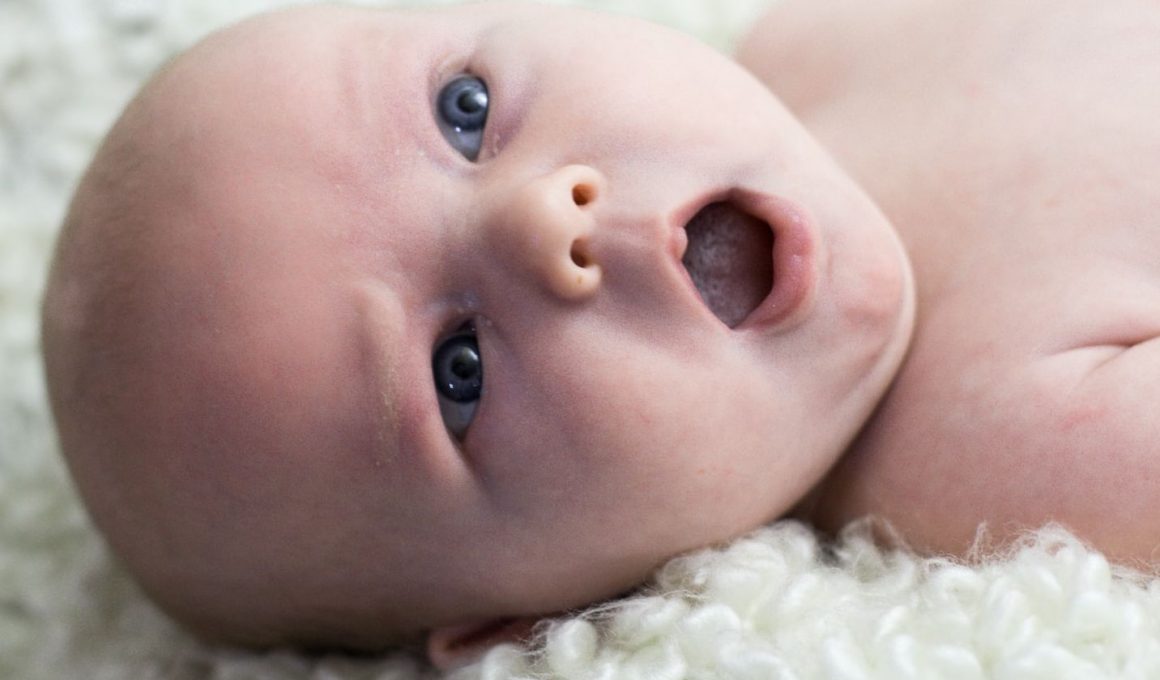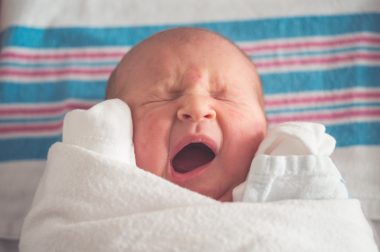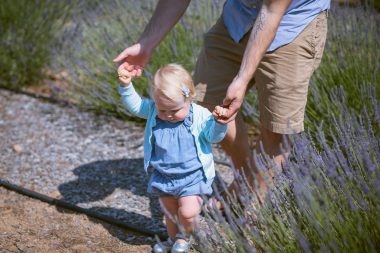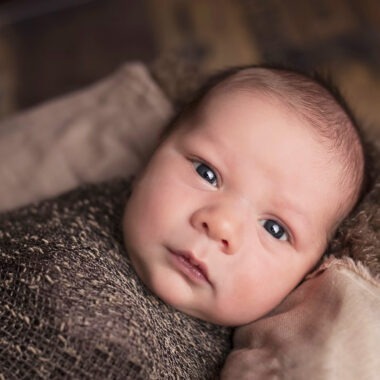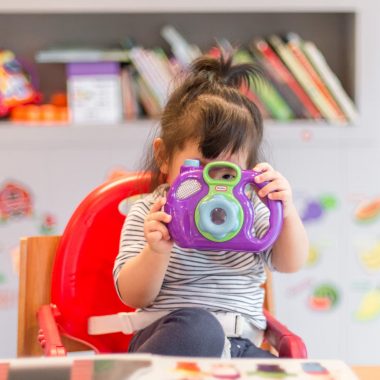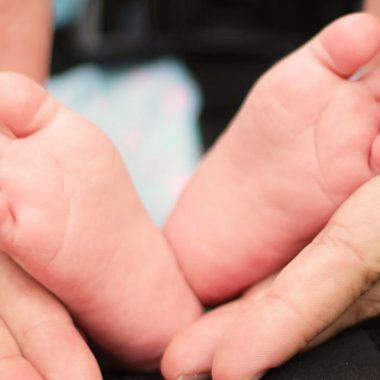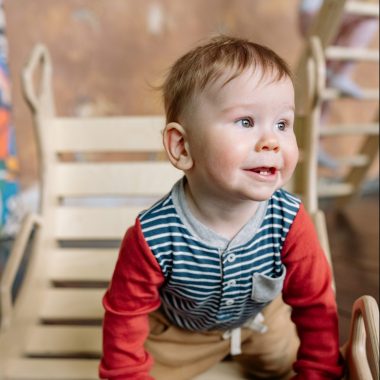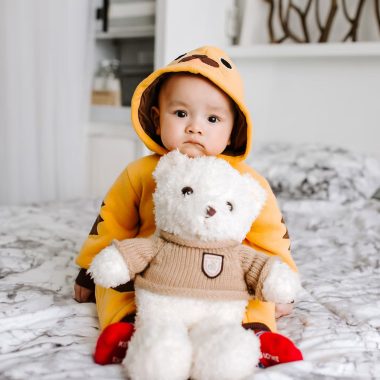Parents look forward to hearing their baby’s first words. Babies learn to communicate in stages. It is a steady and progressive process, from cooing and babbling to making small sounds and eventually using words and phrases.
Language development is an important part of your child’s development, and a long way to go for babies.
It supports the child’s ability to
- communicate
- express and understand feelings
- think and learn
- solve problems
According to researchers, babies begin picking up on language while still in the womb.
Furthermore, scientists have discovered that babies who are only a few hours old can differentiate between sounds from their native language and a foreign language.
And from the moment of birth, babies begin to vocalize. Every baby grows and develops at their own pace.
Vocal development, or infant vocalization, is a stage in language acquisition. During this stage, a baby experiments with making the sounds used in language, but they cannot produce any recognizable words.
In this article, we will look at the stages of vocal development and how we can support babies in these stages.
What is vocal development?
Vocal development refers to a baby using their voice to communicate.
Babies go through many stages of vocal development before they can say their first words.
These stages, which are the building blocks of your baby’s first words, become more complex as the baby grows.
When a baby is born, they start to vocalize.
First, they cry. Crying is the main way babies communicate their needs. They also communicate by using sounds.
What starts in the early months as cooing and babbling becomes attempts to produce first words by 12 months.
What Is Cooing?
Cooing refers to single-vowel sounds, such as “ooh” and “aah.” It is a way for your baby to express happiness and contentment before knowing how to speaking.
Cooing is an important step in vocal development since it comes from the larynx, the organ in the neck that contains the vocal cords, and involves different mouth muscles than crying does.
When cooing begins, this means that your baby has started developing control of the muscles needed for talking.
When do babies start cooing?
Like every other milestone in baby development, cooing takes time to develop.
Baby cooing may start at around 2 months of age. But every child is different and develops at their own pace, so your baby might start to coo earlier or later than other children, and that’s normal.
From the very start, babies use crying as their primary means of communication.
But as time passes, babies rely on crying lesser for communication and begin to expand their range of sounds. Babies start making cooing sounds, such as “ooh” and “aah,” which develop alongside crying.
What is babbling?
Babbling is another early stage of language development. It is the stage when your baby starts to include vowel-consonant sounds such as “ma,” “da,” or “um.”
Repetitive babbling like “mamama” occurs next. This is where the sounds and intonation of your baby’s voice can be very tuneful and start to resemble speech.
In variegated babbling, your baby combines a variety of sounds like “mabaga.”
When a baby babbles, this indicates that they are getting used to using their mouth, making sounds, and learning communication patterns.
When do babies start babbling?
Babbling is expected to begin at around 4-6 months.
But always remember that every baby is different, and there is some variation in when they start babbling.
Babbling is a developmental milestone in a baby’s life. When you listen to your baby during the babbling stage, you may notice some patterns and rhythms in your baby’s voice.
Vocal Development by Months
Right after birth, a baby uses a range of noises to express their needs and feelings.
They cry. They cough. They make sounds while breathing. During feeding, they make sucking, burping, and quiet low-pitched sounds of contentment.
All of these sounds are how your baby learns to control the air emerging from their lungs. It also teaches them how to put their vocal cords to use. This means that the foundations for speech begin from the very first day and slowly continue progressing.
During their first year, babies go through several stages of language development, and each one looks different.
A simple breakdown of how vocal development forms month by month looks like this:
0-1 month
Reflexive/uncontrolled vocalizations such as crying, burping, and coughing.
2-3 months
Cooing and mostly made up vowel sounds, such as “aaaaahhh.”
4-6 months
Squealing, growling, and exploring new letter sounds such as p, b, m.
- Your baby will start giggling
- Babies begin exploring their mouths using their tongues, creating sounds like squeals, raspberries, and clicks.
- Early babbling begins when the baby initiates sound play by combining consonants (p, t, k, b, d, g) with vowels (ba, pa)
7-9 months
Repetitive babbling: Your baby starts using the same syllables repeatedly like “mamama” or “bababa.”
10-12 months
Variegated babbling: Your baby begins using conversational intonations, which sound more like adult speech with varying sounds and syllables put together, such as “mabaga,” “bamuhguh.”
What Are The Stages of Vocal Development?
Babies go through 5 stages of vocal development.
Stage 1 (Reflexive crying)
This stage occurs between 0-3 months of age.
Behavioral features
At this stage,
- Your baby cries, burps, sneezes, sucks, and makes other reflexive sounds.
- Your baby’s vocal cords vibrate and airflow through the throat commences.
- The first sounds are signs of stimulation of the vocal apparatus.
Stage 2 (Cooing and laughter)
This stage which is an important foundation for communication commonly takes place between 2-5 months.
Behavioral features
At this stage,
- Cooing (ooh, aah sounds to express happiness and contentment) begins.
- Social interaction elicits cooing and laughter.
- Different vowel-like sounds and longer series of sounds appear.
- The use of consonants such as “k” and “g” begin (gaas and goos).
Stage 3 (Vocal play)
This stage generally appears between 4-8 months.
Behavioral features
At this stage,
- Babies experiment with their mouths, throats, and tongues.
- They begin by producing noises to play with vocal apparatus (e.g. squeals, growls, raspberries, etc.)
- They move on to using a variety of different consonants and vowel sounds and there is an increase in how often babies make these sounds.
- They gain more control over their vocal apparatus and their speech sound repertoire continues to grow.
- They will start to make long series of sounds (e.g. yaoikadab).
Stage 4 (Babbling)
The babbling stage commonly occurs between 6-9 months.
Behavioral features
At this stage,
- Babies produce consonant sounds usually with the front of the mouth (b, m, p, n, and d).
- Repetitive babbling (repeating the same sounds) occurs (e.g. babababa).
Stage 5 (Variegated babbling)
This stage generally occurs between 9-12 months of age.
Behavioral features
At this stage,
- Babies begin to use different sound combinations like “bagamata”.
- A wider range of consonant sounds emerges – h, w, j, p, b, m, t, d, n, k, g.
- Prosody begins – intonation contours of speech and patterns of rhythm.
- When infants combine prosody and consonant sounds, their output starts to sound like adult speech without actual words.
- Sounds start to be more specific to the target language(s) that the baby is learning.
How can you encourage your baby’s vocal development?
You can easily create a positive and fun environment for your baby’s vocal development.
Here are some ideas that will contribute to developing your baby’s vocals as well as strengthening your bond with them:
Speak to your baby often about familiar things
Your baby feels safe when they hear your voice. While communicating with your baby, vary the volume and pitch of your voice. Babies respond to high and soft voices.
You don’t even need to use actual words, have some fun with your sounds. Your baby will enjoy watching your mouth and face move and hearing the sounds you make.
Copy what your baby says
When your baby makes a certain sound or noise, copy the sound/noise and wait for your baby to make another. Be conscious that you are having a conversation with your baby and teach them the concept of taking turns to speak.
Always look at your baby and try not to interrupt them. Be sure to make facial expressions during your conversations.
Build a positive learning environment
Praise your baby when they vocalize.
Don’t criticize your baby, particularly as their speech begins to emerge. A better approach would be to offer the correct word or phrase.
Explore language together
Create funny expressions for just the two of you.
Enjoy playing with sounds and words as you speak about what you do.
Respond to your baby’s cries
Crying is one of the first and most important ways of communication. Pay attention to responding to your baby’s cries in time by touching and holding them or by singing and talking to them.
Develop your baby’s listening skills
Expose your baby to sounds in the environment. The doorbell or the telephone ringing are good examples. When your baby responds, explain the sound to them, e.g. “that’s the doorbell!”
Teach your baby new words
During everyday activities like feeding, having a bath, taking a walk, and during daily routines, talk about what you or your baby are doing.
Let your baby experience different and new situations like shopping, a bus trip, or anything in the house like washing the dishes. These are opportunities for you to teach your baby new words and sounds.
Read to your baby
Reading a book to/with your baby is an excellent way of communicating and sharing. Books with large, simple, colorful photographs are appropriate instruments for developing language skills.
Include reading books in your daily routine with your baby, and feel free to exaggerate sounds and expressions while reading.
References: parents.com, babycenter.com, thebump.com, parentingscience.com, hms.harvard.edu, hopkinsallchildren.org, webmd.com, whattoexpect.com, healthline.com, healthychildren.com, todaysparent.com, mayoclinic.org, parenting.firstcry.com, sciencedirect.com, pathways.org, talkingtogether.com.au, speechsisters.com


